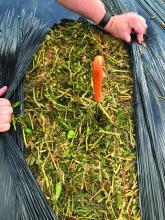
The search for a catch crop to fill the gap between lifting carrots in late spring and drilling winter wheat, led a Norfolk farmer to a 19% protein baled haylage from a quick-growing legume.

An innovative approach to growing and preserving peas, beans and lupins has cut out bought-in protein from almost all livestock rations while also meeting greening rules on a Durham farm.

Vining peas are vulnerable to poor soil conditions and soil borne pathogens. Cover crops can be used to improve soil structure and health.

Interested in learning more about home grown protein crops but don’t know where to look?
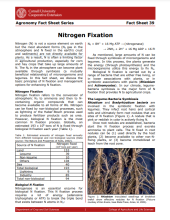
Nitrogen (N) is not a scarce element on earth but the most abundant forms (N2 gas in the atmosphere and N fixed in the earth’s crust and sediments) are not directly available for plants.
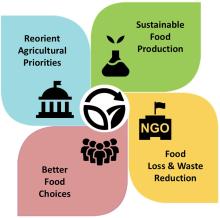
The last decade has witnessed dramatic changes in global food consumption patterns mainly because of population growth and economic development.
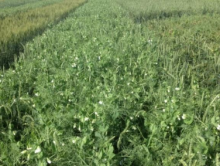
This allows for a good exchange of services between these two crops, as the peas provide nitrogen to the cropping system while the wheat acts as a support for the pea.
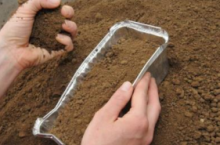
Among legume crops, forage peas and field beans show the most symptoms of legume fatigue.
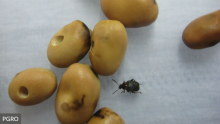
The bruchid beetle (also known as bean seed beetle or broad bean weevil) damages the seeds of field bean and its larvae can lead to crop rejection in broad beans.


